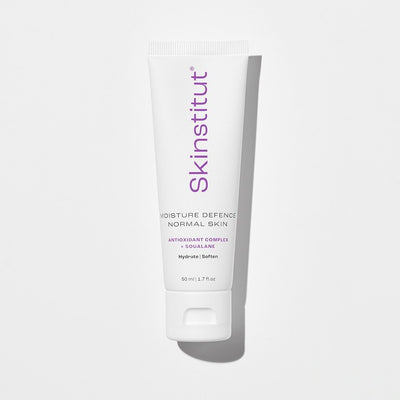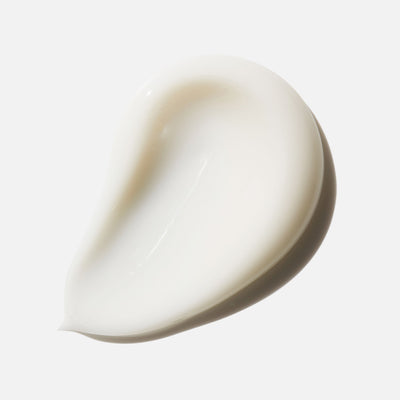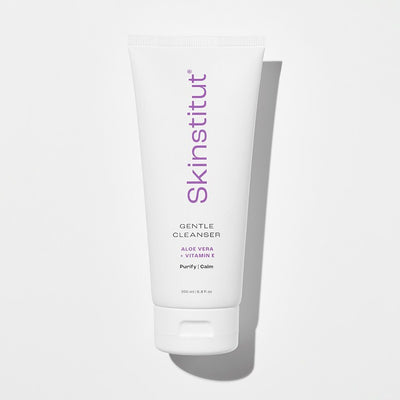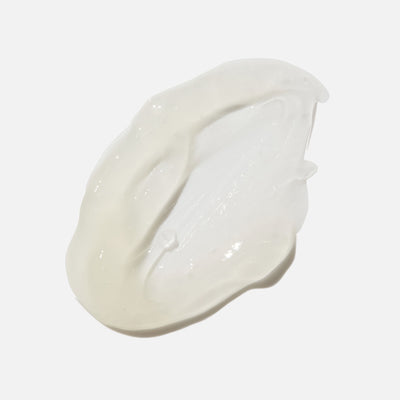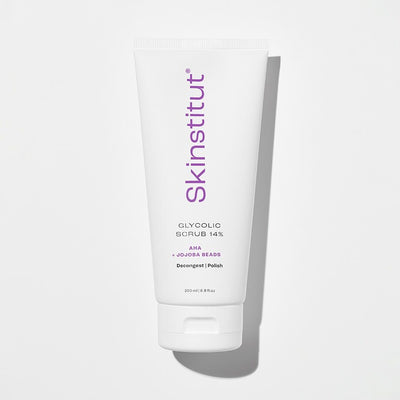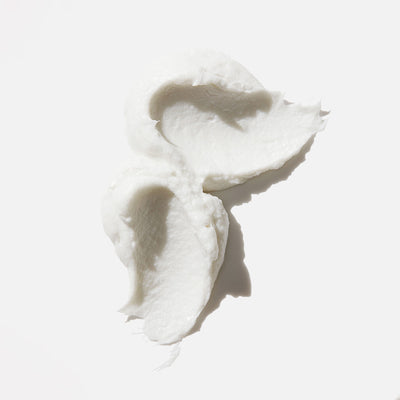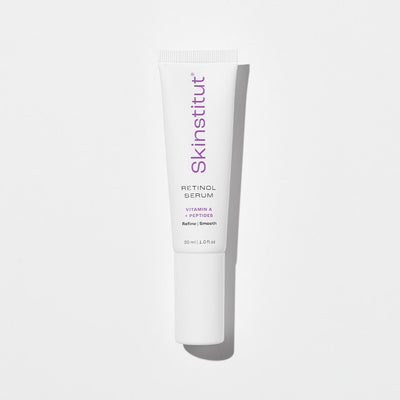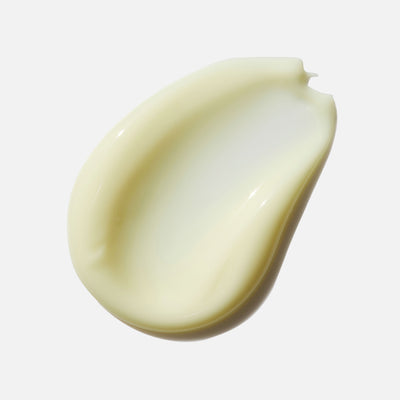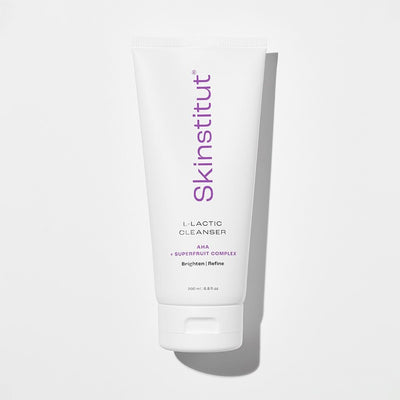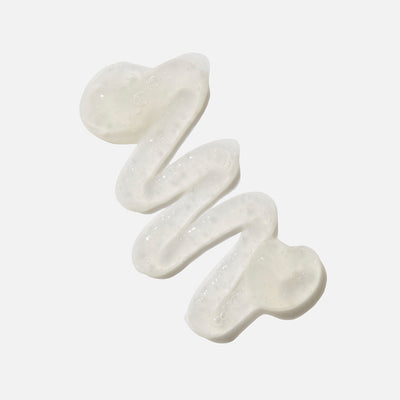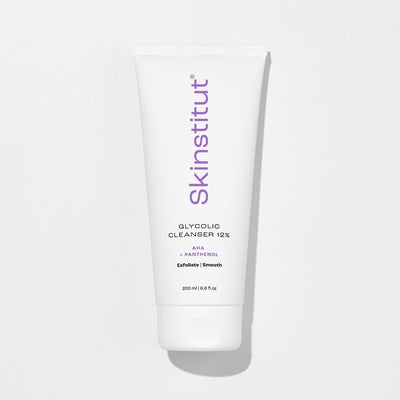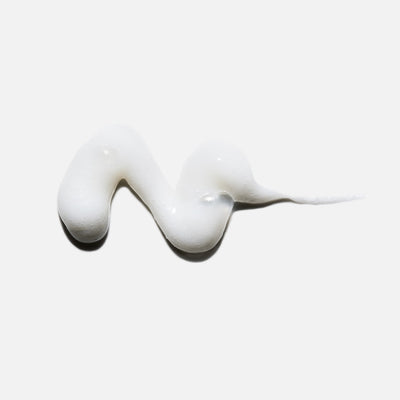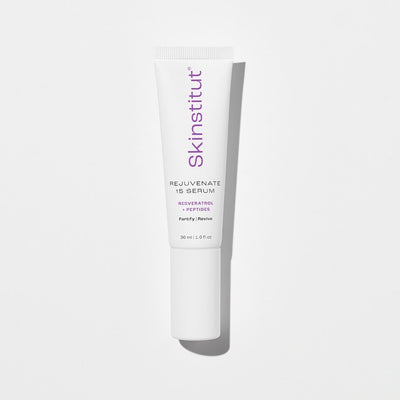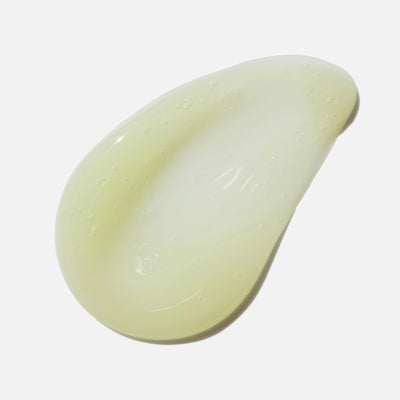This chronic inflammatory skin disorder affects up to 10% of the Australian population and is three times more common in women. If left untreated, early symptoms like flushing and persistent redness will only worsen.
Rosacea is a chronic inflammatory skin disorder that affects the central part of the face: the cheeks, nose, chin, and middle of the forehead. It’s a more common condition than people realize, affecting up to 10% of the Australian population and is three times more common in women than men.
How Do I Know If I Have Rosacea?
If your skin is easily flushed, prone to redness and broken capillaries, these can be early signs of rosacea. It’s more common in fair skins and those prone to flushing and it often goes undiagnosed for many years. When these signs are ignored, they can escalate into persistent redness, itching and burning, visibly dilated capillaries, papules, pustules, and acne-like spots. Skin can become dry and flaky and in extreme cases, symptoms can spread to other locations like the eyes, ears, scalp, chest, and back. Fortunately, it’s a condition that can be easily managed and treated, particularly when you’re aware of the triggers and the ingredients and products that can help keep it under control.
What Causes Rosacea?
Still considered a rather complex condition – and with four different subtypes with their own set of symptoms – there’s still a lot we don’t know about the causes of rosacea. While it’s not strictly hereditary, studies have shown that you are four times more likely to experience it if there is a family link than non-sufferers. Environment plays a big part in triggering the condition (see below) however one of the key causes is the abnormal functioning of the immune system which leads to inflammation within the skin.
What Triggers Rosacea?
While you can’t necessarily control environmental triggers like sun and wind (other than diligently trying to avoid them), there are other triggers for rosacea that you can avoid or at least minimize including:
-
Hot, spicy food
-
Alcohol (key culprit: red wine)
-
Drugs that dilate blood vessels (like blood-pressure medication)
-
Anxiety and stress
-
Heavily fragranced skincare
So, What Can I Do to Treat My Rosacea?
First up, it’s important to know that there is no long-term cure for rosacea; it’s a persistent condition that, if left untreated, worsens over time. However it can be successfully treated and improved with targeted professional treatments and the right home care prescription of products that help to calm and soothe the skin. For any specific and persistent skin conditions like rosacea, eczema, or acne, we always recommend taking your skin to see an experienced professional as a first step. Professional treatments can really help to improve your symptoms and put flare-ups on pause and we’ve seen great results from the following:
-
LED Light Therapy: benefits all skins with total skin rejuvenation
-
AHA Enzyme Peel: a super-gentle professional peel to refine and strengthen skins who think they’re too sensitive for a chemical peel.
-
KLERESCA Treatments: use fluorescent light energy to activate the skin’s healing response on a cellular level and ease redness, burning and stinging.
What Products Should I Be Using?
Skins prone to redness and rosacea flare ups should follow the basic principles of cleansing, exfoliating, and hydrating the skin but do so with gentle, antioxidant-rich products that will help to reduce inflammation and redness while helping to strengthen the skin’s barrier protection; products that hero skin-strengthening B-group vitamins like Vitamins B3 (Niacinamide) and B5, gentle botanicals like Cucumber Seed Oil and Canadian Willowbark, and the absolute essential: high SPF, broad-spectrum protection like Age Defense SPF50+.



